USDA Hardiness Zone system -- isn't there something better?
fabaceae_native
15 years ago
Related Stories
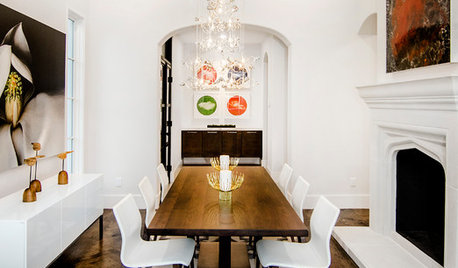
DINING ROOMSNew This Week: Proof the Formal Dining Room Isn’t Dead
Could graphic wallpaper, herringbone-patterned floors, wine cellars and fire features save formal dining rooms from extinction?
Full Story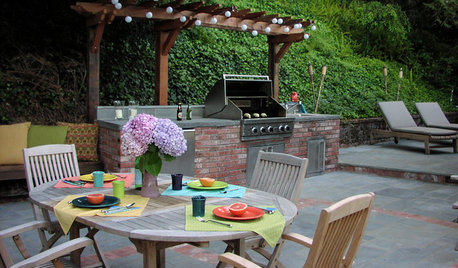
MOST POPULAR8 Ways to Improve Your Grill Setup
Rethinking the old grilling station? Here’s how to pack more function and style into your backyard cooking zone
Full Story
GARDENING FOR BUTTERFLIES3 Ways Native Plants Make Gardening So Much Better
You probably know about the lower maintenance. But native plants' other benefits go far beyond a little less watering and weeding
Full Story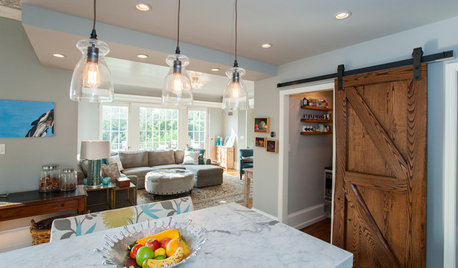
KITCHEN DESIGNKitchen of the Week: Barn Wood and a Better Layout in an 1800s Georgian
A detailed renovation creates a rustic and warm Pennsylvania kitchen with personality and great flow
Full Story
GARDENING GUIDES10 Cold-Hardy Succulents for Cool-Season Interest
These attractive plants shrug off colder temperatures, and many can be brought inside in containers in extra-chilly climates
Full Story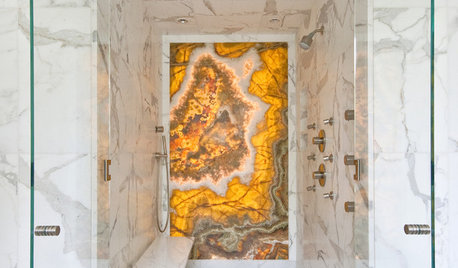
BATHROOM DESIGNHow to Build a Better Shower Curb
Work with your contractors and installers to ensure a safe, stylish curb that keeps the water where it belongs
Full Story
LANDSCAPE DESIGNGreat Design Plant: Retreat to the Shade of Hardy Catalpa
Big foliage and a towering height provide a shady respite in summer, but that's not all hardy catalpa offers dedicated gardeners
Full Story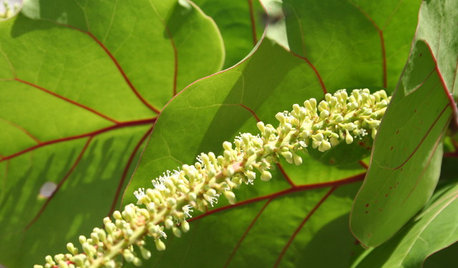
GARDENING GUIDESGreat Design Plant: Sea Grape, a Hardy Coastal Delight
Up to the high-tide line or even indoors, sea grape draws smiles for its looks and cheers for its tenacity
Full Story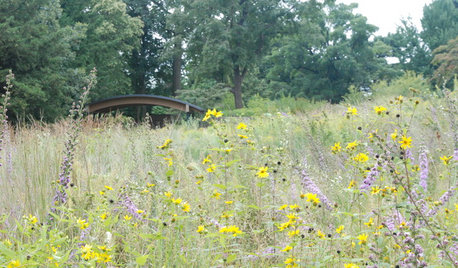
GARDENING GUIDESHow to Find the Right Plants for Your Garden
Break free from choosing plants by cold-hardiness zones for a beautiful landscape that thrives year-round
Full Story
GREAT HOME PROJECTSHow to Add a Radiant Heat System
Enjoy comfy, consistent temperatures and maybe even energy savings with hydronic heating and cooling
Full Story





petzold6596
fabaceae_nativeOriginal Author
Related Professionals
Marina Landscape Architects & Landscape Designers · Panama City Landscape Architects & Landscape Designers · Burien Landscape Contractors · Fort Atkinson Landscape Contractors · Fridley Landscape Contractors · Pahrump Landscape Contractors · Salem Landscape Contractors · Salmon Creek Landscape Contractors · Sammamish Landscape Contractors · Tacoma Landscape Contractors · 07920 Landscape Contractors · Winter Gardens Landscape Contractors · Maple Heights Landscape Contractors · Millbury Handyman · Vienna Handymanlorna-organic
wantonamara Z8 CenTex
desertlvr
fabaceae_nativeOriginal Author
petzold6596
desertlvr
fabaceae_nativeOriginal Author
aikanae
Dan _Staley (5b Sunset 2B AHS 7)
gpd79
lazy_gardens
gpd79
petzold6596